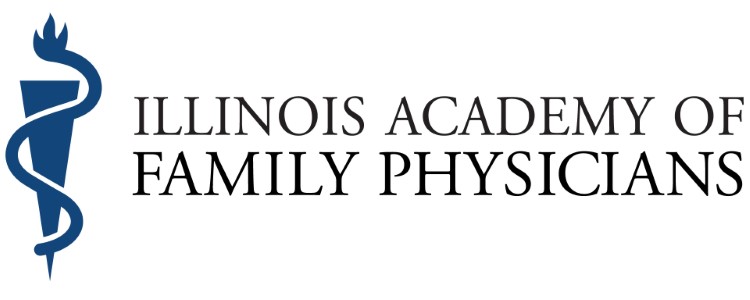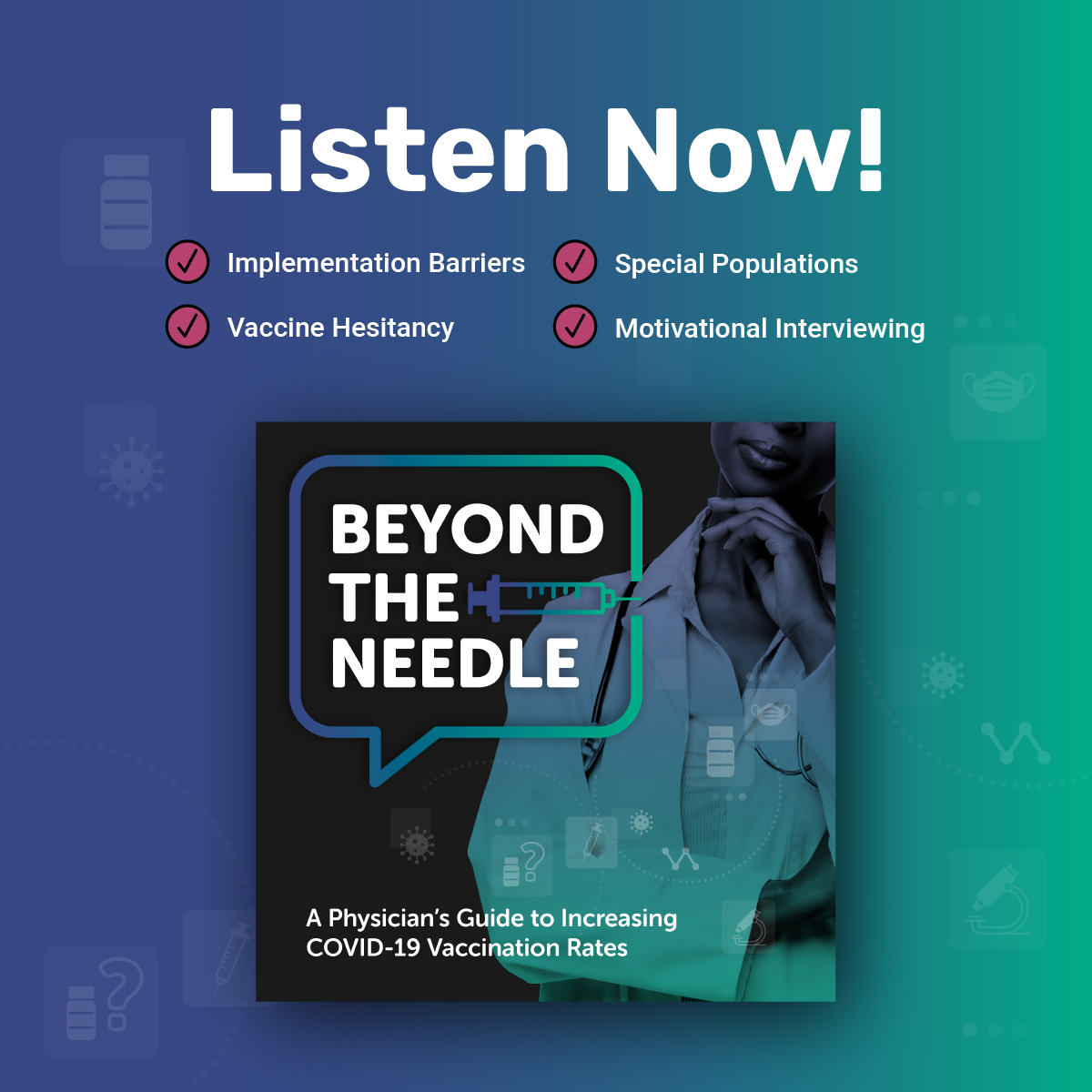Workforce
More Americans depend on family physicians than on any other medical specialty. This is especially true for patients in rural and underserved areas. Family physicians perform a wide range of services including general practice, labor and delivery, emergency medicine, surgery and procedures, pediatrics, hospital medicine, and geriatrics. Collectively, they’re responsible for approximately one in five of all medical office visits in the United States per year—more than any other specialty.
View a Map of IAFP Member locations
What is Primary Care?
Primary care is the essential foundation of a successful, sustainable health care system and is provided by physicians specifically trained for and skilled in comprehensive first contact and continuing care for persons with any undiagnosed sign, symptom, or health concern. Primary care includes health promotion, disease prevention, health maintenance, counseling, patient education, diagnosis and treatment of acute and chronic illnesses in a variety of health care settings and is performed and managed by a personal physician in collaboration with other health professionals. Primary care provides patient advocacy in the health care system to accomplish cost-effective care by coordination of health care services and treats the patient as a partner in health care decision-making.
Research continues to show that primary care is critical to the health of individuals and improves health outcomes. Primary care helps prevent illness and death and is associated with a more equitable distribution of health in populations. A study found that patients who identified a primary care physician as their usual source of care had lower five-year mortality rates than patients identifying a specialist physician as their usual source of care. Internationally, a study found that the populations of countries with higher ratings of “primary care orientation” experience better health outcomes and incur lower health care costs than populations in countries with lower degrees of primary care orientation.
What Are the Benefits of Primary Care?
There is strong evidence of the benefits of primary care for both populations and personal health. Studies show that robust systems of primary care can improve health. Access to primary care can lower overall health care utilization, increase the use of preventive services, and lower disease and death rates. Primary care may reduce the negative health effects of income inequality on health and mortality, especially in areas where income inequality is greatest. Patient care delivered with a primary care orientation is associated with more effective, equitable, and efficient health services.
In the United States, the states with higher ratios of primary care physicians to population have lower smoking rates, less obesity and higher seatbelt use than states with lower ratios. Pooled results for all-cause mortality suggest that an increase of one primary care physician per 10,000 population was associated with an average mortality reduction of 5.3 percent, or 49 per 100,000 per year.
Source: Macinko J., Starfield B, Shi L. Quantifying the Health Benefits of Primary Care Physician Supply in the United States. International Journal of Health Services. 2007.
Urban and rural communities that have an adequate supply of primary care physicians experience lower infant mortality, higher birth weights, and immunization rates at or above national standards despite social disparities.
Source: Phillips, R. Bazemore. A. Primary Care And Why It Matters For U.S. Health System Reform. Health Affairs. May 2010. Vol 29. No. 5 806-810.
Office Visits to Physicians by Specialty: In 2014, Americans made nearly 900 million visits to office-based physicians with more than 52% of those visits were made to primary care physicians. Despite being just one-third of the health care workforce, half of all physician office visits are to primary care physicians, and primary care providers provide the majority of visits for most people with chronic conditions. The largest number of office-based primary care physician visits (nearly 200 million) were to family medicine. Visits to general internists and general pediatricians represent the second and third most-visited specialties, with more than 224 million combined visits.
Specialty Distribution of the Physician Workforce: The evidence for the efficiency of health systems based on robust primary care is compelling. The percentage of U.S. primary care physicians is low and falling. A 10-year national plan should target at least 40 percent of the total number of U.S. physicians to practice in true primary care specialties (Family Medicine, General Pediatrics, and General Internal Medicine). True primary care practice should be measured by the clinical practice of family physicians, general internists, and general pediatricians five years after medical school completion.
Workforce Planning: Despite renewed interest in strengthening primary care in the United States in recent years, many challenges remain. Foremost among them is assuring an adequate number and distribution of primary care providers. For example, more than 25% of the current primary care physician workforce is 60 or older, and likely to retire during the next five to 10 years. Many of these older physicians practice in rural areas. The primary care provider shortage is exacerbated by a growing mismatch between the needs of the United States population for primary care providers and current trends in graduate medical education and training. During the past decade, there has been a steady decline in interest among United States medical school graduates in primary care as a career choice. Population growth, population aging, and health insurance expansion under the Affordable Care Act will likely create additional demand for primary care providers. A study projects that by 2025, the United States will require nearly 261,000 practicing primary care physicians, an increase of almost 52,000 more than the labor pool at the time of the analysis. Since family physicians currently make up about 38% of the primary care workforce, a conservative estimate is that an additional 21,000 family physicians are necessary to meet their share of the increased need. The annual production of new family physicians would have to increase by an average of about 65 each year, increasing from 3,500 today to 4,475 by 2025.
Sources:
Illinois Academy of Family Physicians Contact: Gordana Krkic, CAE [email protected]
American Academy of Family Physicians – www.aafp.org
The Robert Graham Center (Policy studies in family medicine and primary care) – www.graham-center.org
Kaiser State Health Facts: www.statehealthfacts.org
Patient-Centered Primary Care Collaborative – www.pcpcc.net
Patient Education www.familydoctor.org
|






